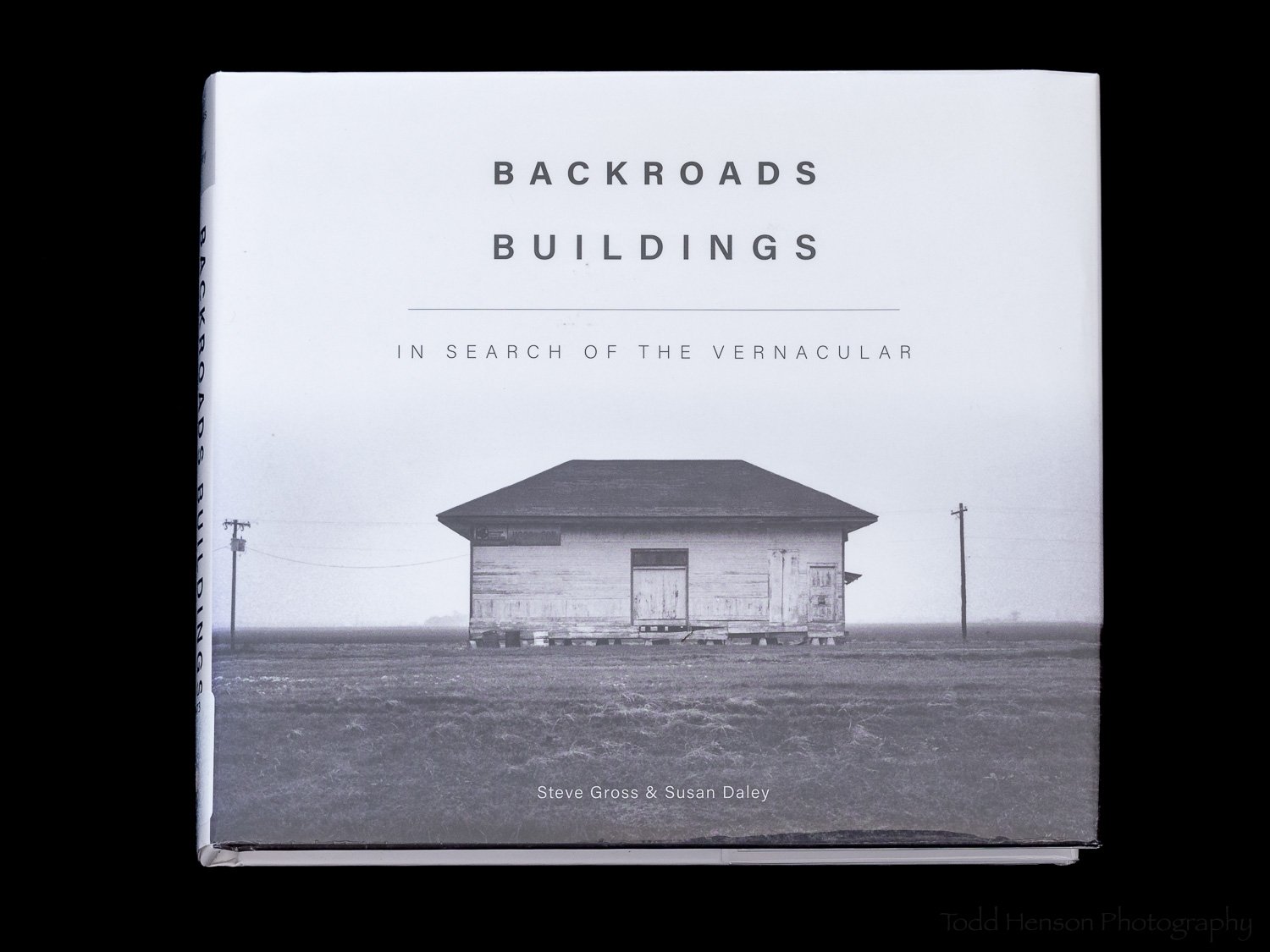This post contains affiliate links and I will be compensated if you make a purchase after clicking on my links. This is at no extra cost to you.
National Geographic Complete Birds of North America is one hefty birding resource. I’m not entirely sure what it weighs, but I wouldn’t want to drop it on my foot. It contains over 740 pages and measures approximately 7” x 10” and is about 1 3/4” thick.
You could think of this as a field guide on steroids, or perhaps a small birding encyclopedia. It has a layout and content very similar to most fields guides, but contains more information about each species. Some of the illustrations are smaller than in my Peterson Field Guide to Birds of North America, but with much more text about each species, providing descriptions, guides to identification, geographic ranges and variations, similar species, characteristics of voice, status & distribution, and breeding information. It contains maps, photographs, and illustrations.

Pages 200-201 of National Geographic Complete Birds of North America

Pages 322-323 of National Geographic Complete Birds of North America

Pages 354-355 of National Geographic Complete Birds of North America
Many folks these days might not need a resource such as this, what with all the information freely available online. But I’ve always been a bit of a book lover, and I think this book would appeal to those of you who love holding a resource in your hands and flipping through the pages reading about different species. I’ll look up a specific species and end up spending much longer than anticipated flipping through reading about other species.
I have far too many field guides and bird books, but I’m still pleased to have added National Geographic Complete Birds of North America to my library. It’s the sort of large resource you keep at home where you can study and learn at your leisure, then head into the field to seek out first hand what you’d just read about and studied in the book.






























